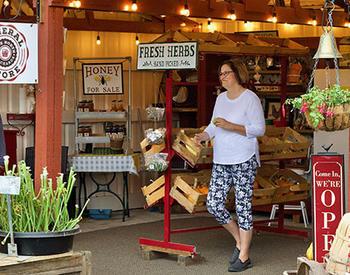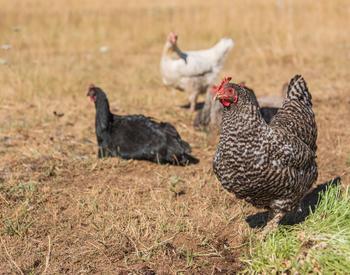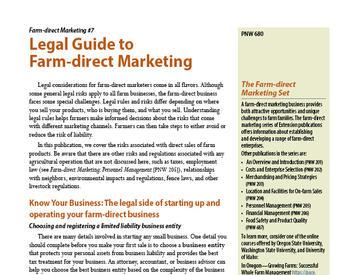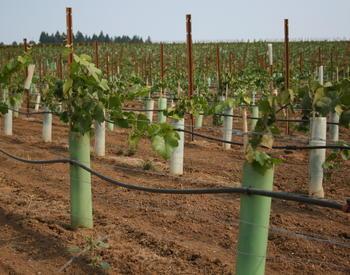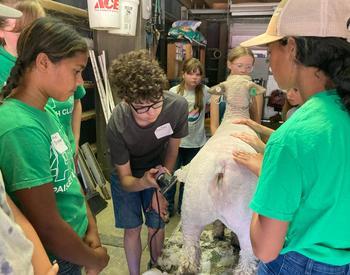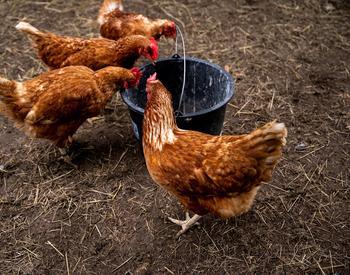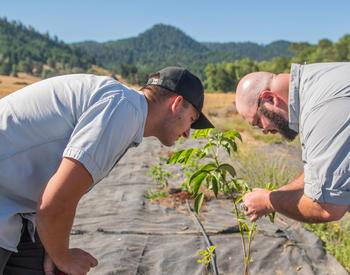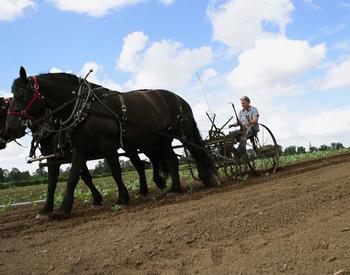Transcript
Welcome to Living on the Land, an award-winning source of useful information brought to you by your Oregon State University Extension Service.
If you're thinking of breeding your rabbits, there are a few important things to keep in mind. First, don't breed your rabbits until they're mature enough. Time to maturity varies from breed to breed. For small breeds, wait until they're four to six months old. For medium breeds, wait seven to nine months. For large breeds, maturity takes between nine to eleven months. Female rabbits, also called does, give signals when they're ready to breed.
They lower their back and raise their hindquarters. When the doe is ready, take her to the male's cage for breeding. Male rabbits, called bucks, will be more confident in their cage and are typically less territorial outside of their cage. To avoid fighting, don't leave the doe in the buck cage for a long time. After they've mated, move her back to her cage.
If successful, the doe's pregnancy will last from 28 to 35 days. Put a nest box in the doe's cage for her to give birth in. The box should be big enough for her to lie down inside. Add some extra bedding to the box. The doe will also pull some of the fur from her belly and from under her chin to add to the nest box.
Baby rabbits, called kits, are born without fur and with their eyes and ears closed. Keep noise and movement to a minimum around the kits. If there's too much commotion, a doe might crush or eat her kits due to stress. Also, don't handle the kits for the first few days, except to do a quick check after they're born, or unless absolutely necessary for kit health. A doe might abandon the kits if they smell unfamiliar. For more information on raising rabbits for meat, contact your local OSU Extension Service Agent or the local chapter of the American Rabbit Breeders Association.
Welcome to 'Living on the Land' by Oregon State University Extension Service. If you're considering breeding rabbits, here are key points: wait until they're mature, observe signals from the female (doe), and introduce her to the male (buck) in his cage briefly to prevent fighting. After successful mating, the pregnancy lasts 28 to 35 days. Provide a nest box for birth, and handle baby rabbits (kits) minimally to avoid stress. For more on raising rabbits for meat, contact your local OSU Extension Service Agent or the American Rabbit Breeders Association.
This is from the Living on the Land series. Download the related PDF - Living on The Land: Raising Rabbits for Meat—Providing Basic Care
The phrase “Living on The Land” is used with permission from Living on The Land Stewardship for Small Acreage, © 2008, UNCE/WSARE.
